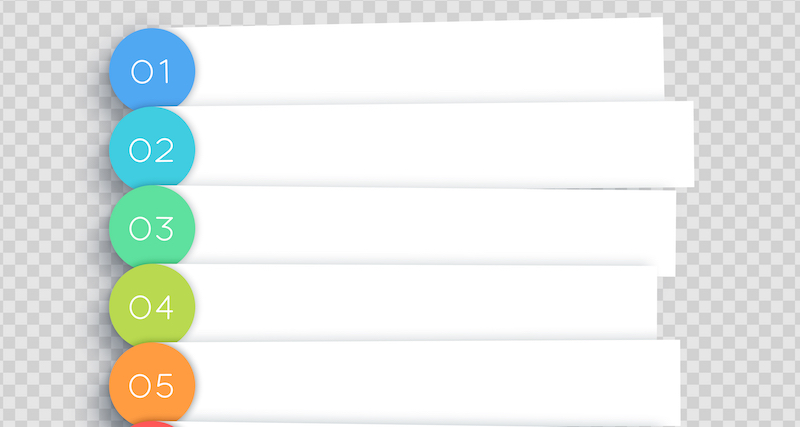How to Make the Most of How-to Stories
By Ann Wylie
November 2019
Service stories and how-to listicles aren’t news articles, so therefore the usual inverted pyramid method for writing isn’t the right way to structure them.
Instead, use the feature-style story format, and organize your piece like this:
Introduction
How-to pieces don’t require a special introduction paragraph; however, it’s extra important to illustrate why readers should care. Try grabbing attention with a lead that shows but doesn’t tell; this can include a striking statistic or anecdote that draws the reader in.
Now that you’ve grabbed the reader’s attention, it’s time to tell folks where you’re taking them. Your next section — the nut graph — is where you can summarize the piece ahead. It’s helpful to buoy this section with background information and research, linking the story to a broader context.
Body
Here, in the body, is where you can list your tips — using an alphabetical, chronological or hierarchical structure.
Let’s pretend that our listicle is about how to write a tipsheet. You’d probably start off the body of the text by introducing the list — “Here are four ways to make the most of your next tipsheet” — and then going right into “way” No. 1.
It’d look and read something like this:
- Find a topic. Explain how to save on taxes, file for Social Security, grow a great lawn, reduce gas consumption or do whatever it is your organization helps people do.
- Organize tips logically. Choose an alphabetical, chronological or hierarchical structure.
- Use the language of service stories. How-to language — like top, you, most, best and, of course, how to — has been a mainstay of service journalism for years.
- Put a number in the headline. Numerals sell stories. That’s why cover lines on best-selling magazines are packed with numbers, from “6 Steps to 6-Pack Abs” to “101 Best Cheap Eats.” Blog headlines and subject lines with numerals are more likely to get shared and opened, too.
Conclusion
Use the penultimate paragraph to restate the point you introduced in your opening. Then, end your piece on a strong kicker.
By leaving your reader with a lasting impression from a concrete, creative, provocative final paragraph, there’s a good chance that they’ll remember some of the key takeaways from your how-to story — while also remembering you, the writer, as an authority on that topic.
Copyright © 2019 Ann Wylie. All rights reserved.
photo credit: ollie the designer



